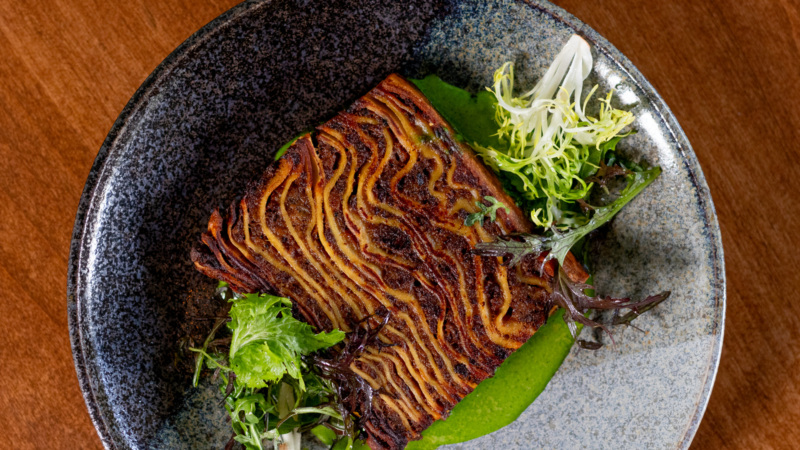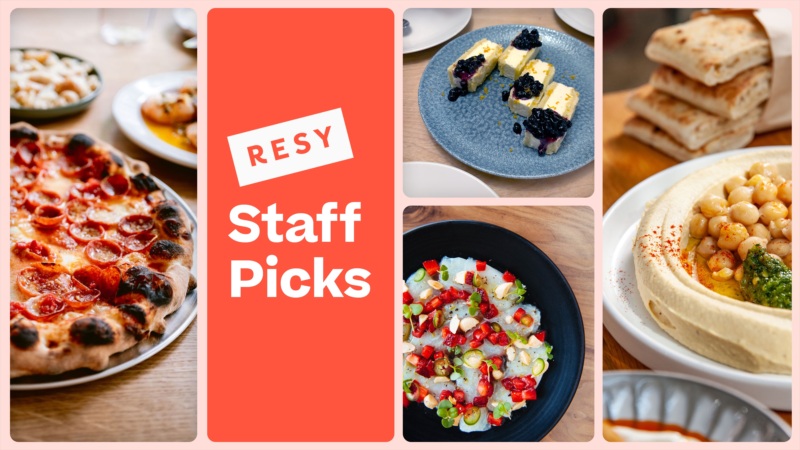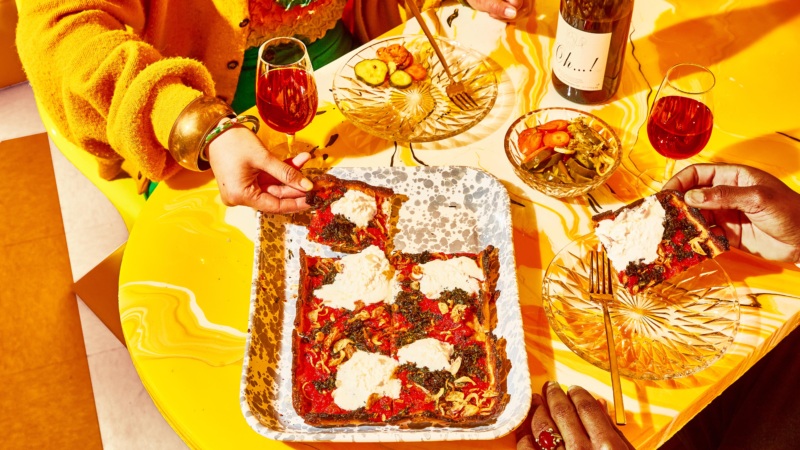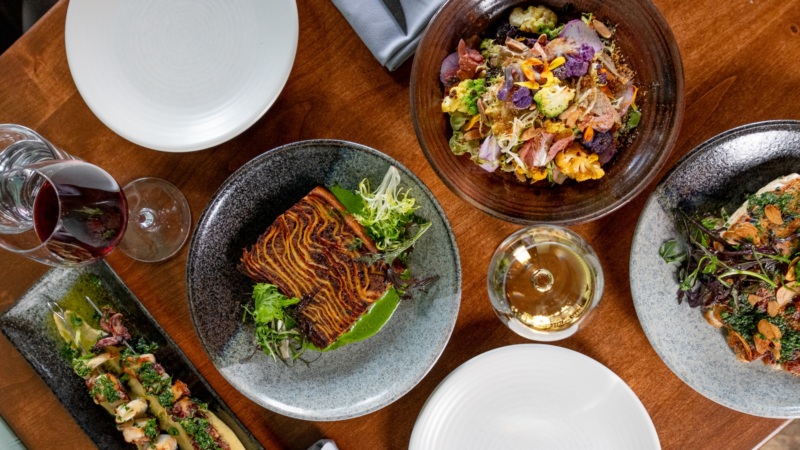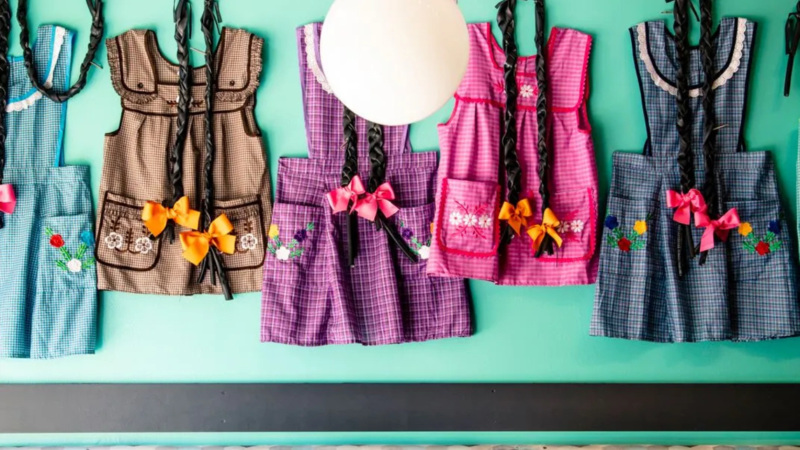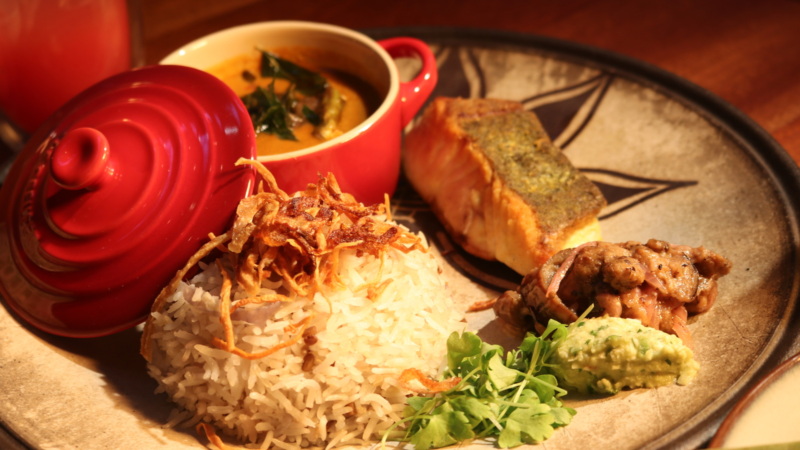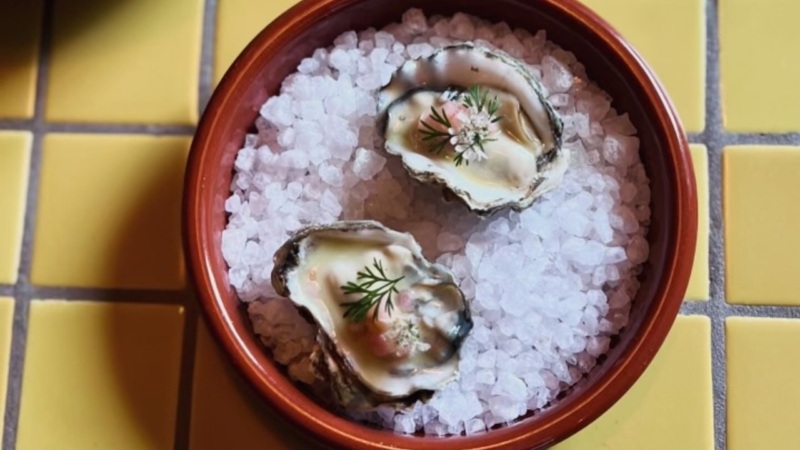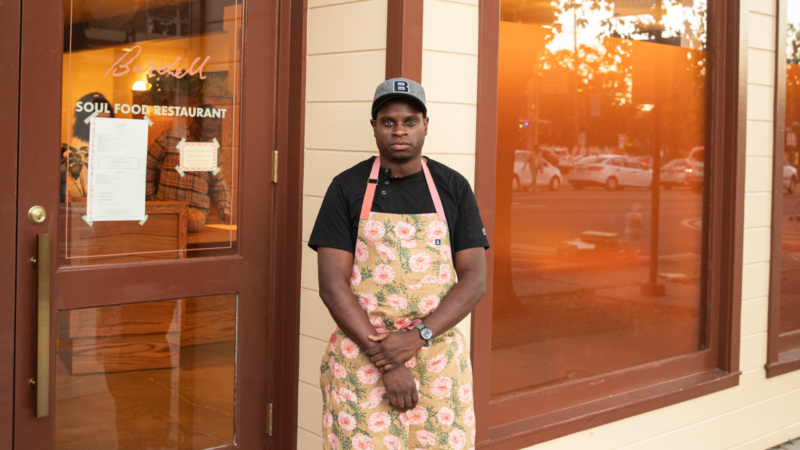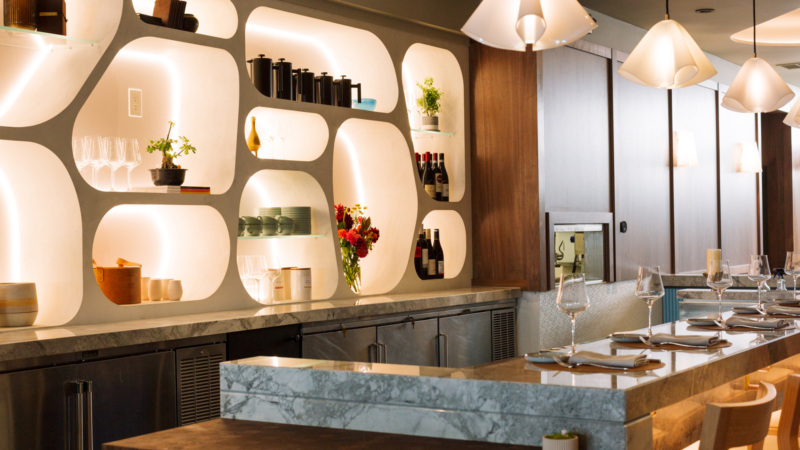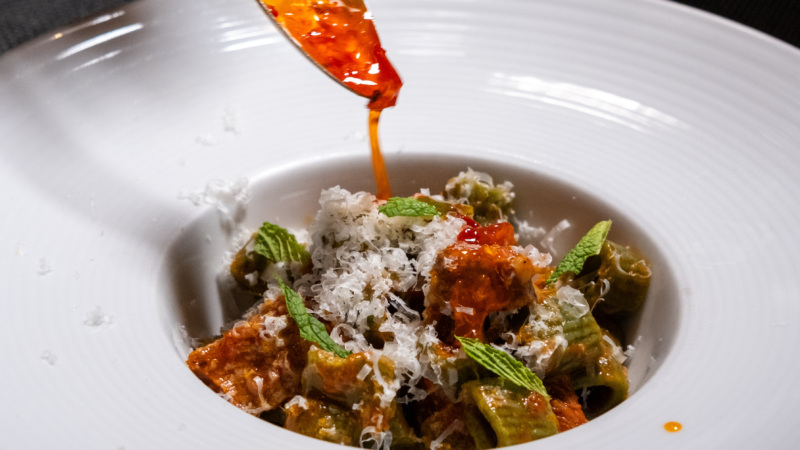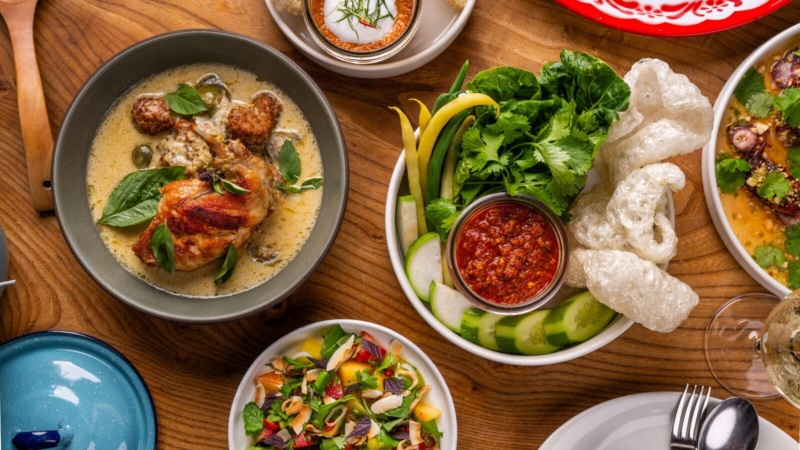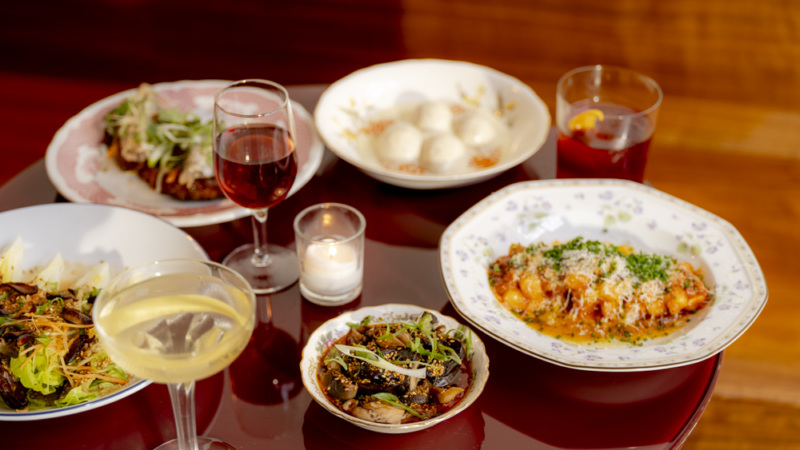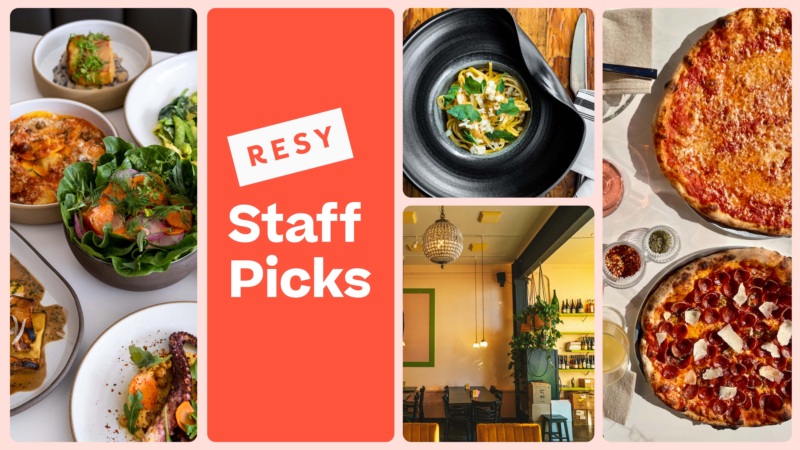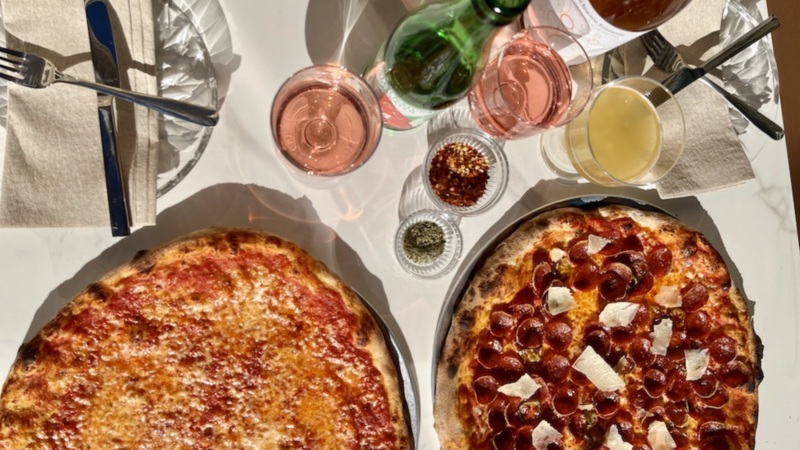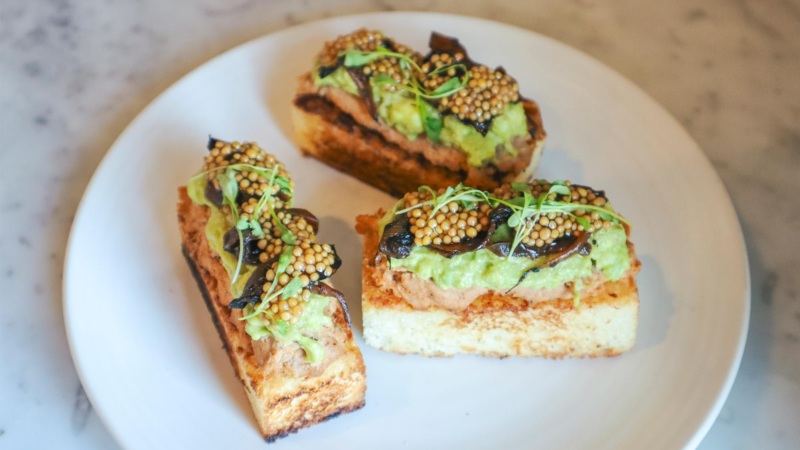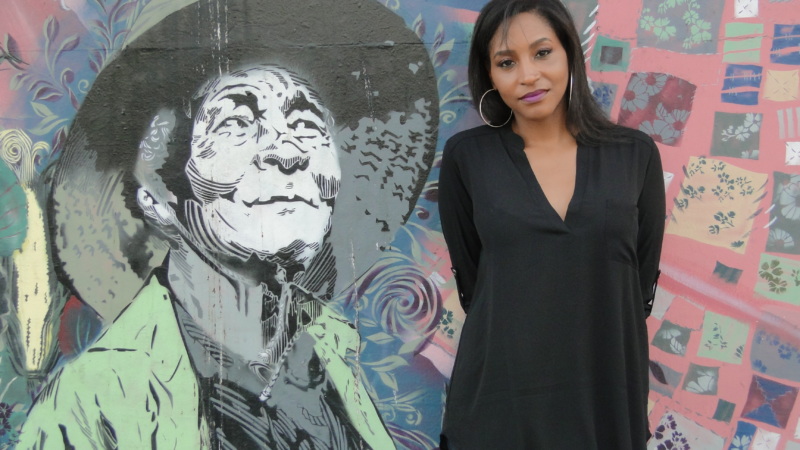
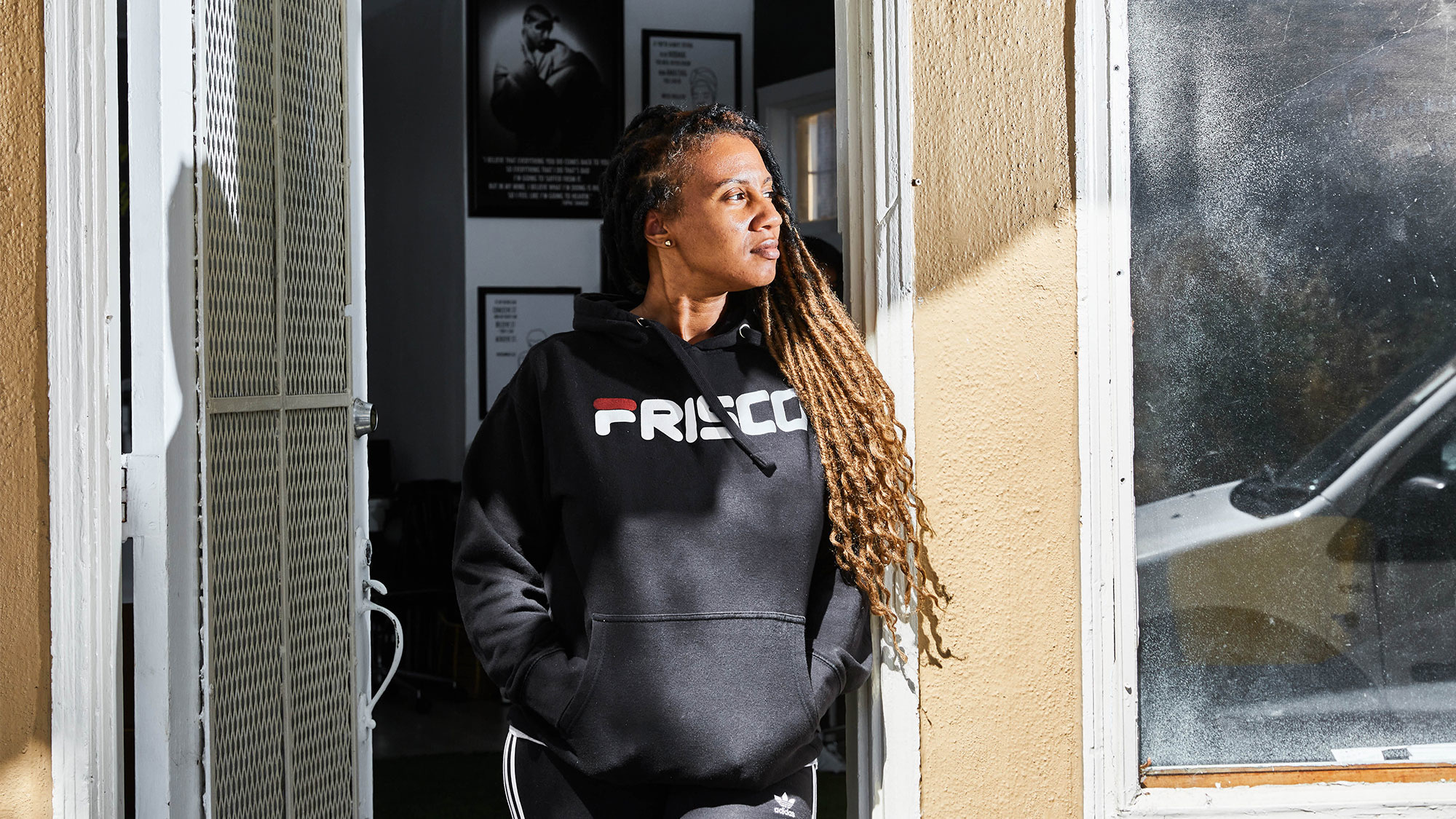
Community Series San Francisco
‘We Are Still Here’: On Standing Up for San Francisco’s Black Community
San Francisco native Tiffany Carter is the chef and owner of Boug Cali in San Francisco, as well as a co-founder of SF Black Wallstreet, an organization committed to preserving African American culture and building economic power within the Black community. Her words follow.
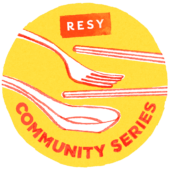 One thing I’ll never understand — one thing that almost kind of insults me — is when people say that there are very few Black people in my hometown of San Francisco.
One thing I’ll never understand — one thing that almost kind of insults me — is when people say that there are very few Black people in my hometown of San Francisco.
Because we are here. And we’ve been here. We are still here. We still have a Black community that’s alive and well, especially in Bayview, where I grew up and where I live today. Maybe our numbers aren’t where they used to be, but that was by design; a lot of people were forced out of their homes and communities because of redevelopment and gentrification.
For some reason, people aren’t seeing us driving the buses. They’re not seeing us cleaning the streets, and doing a lot of the service jobs around the city. Because even though we might not live here, the majority of us still work here.
I work and live in San Francisco. I am a chef. I am a mother. I am an entrepreneur. I am Black. And I’m a San Francisco native fighting to keep the community that I know and love thriving. I want to remind ourselves of our history through the food I cook. I want to inspire others to do what they love.
In the wake of George Floyd’s murder, six other San Francisco natives and I founded an organization called SF Black Wallstreet. It was our stance to say, “Hey, we’re Black, we’re in San Francisco, and we’re not going anywhere.”
We focus on issues like Black home ownership and Black space in San Francisco. We want to spread Black-owned businesses throughout San Francisco, so that people who come here can go to other communities outside of Bayview and see Black people.
We’re also fighting to keep our culture alive in Bayview, too. Because the community we have here is unlike any other. It’s special to me. It’s home. It’s like family to me.
Community is where I can walk outside and somebody’s going to ask me about my mom, or my daughter. It’s where you can kick back and just enjoy yourself outside of work. It’s the people you grew up with. It’s so important.
You know, growing up in the hood, as they call it, the first thing a lot of us wanted was to leave because it wasn’t always good — there was a lot of violence and a lot of crime — but even as I moved around, I always found myself wanting to be back here. As an adult, I’ve lived all over the country. But as I moved around to Atlanta, to Vegas, and all over the Bay Area, I was always trying to get comfortable trying to find a community, and I always ended up right back here. I should explain: I’m a Black woman. I love Black culture. But when I moved to Atlanta, for instance, I found myself missing San Francisco’s Chinese food, Mexican food, and Dutch crunch sandwiches, which I thought were everywhere. I missed the entire community we have here — how diverse it is.
The thing is that San Francisco has never been this predominantly Black city, but we need to respect San Francisco, because San Francisco has always been this collection of many cultures and that’s what makes us so beautiful. We are our own culture.

- On San Francisco’s Black-Owned Restaurants, COVID-19, and the First American Pandemic
- Pure Fire: The Story of Red’s House, One of San Francisco's Last Black-Owned Restaurants
- For Black Chefs, Vegan Restaurants Mean Nourishment — and Empowerment
- Black Joy, Our Greatest Form of Activism
- On Comfort Food and Black Excellence
- For Black People Eats Founder Jeremy Joyce, Helping Black Restaurants Is Everyone’s Job
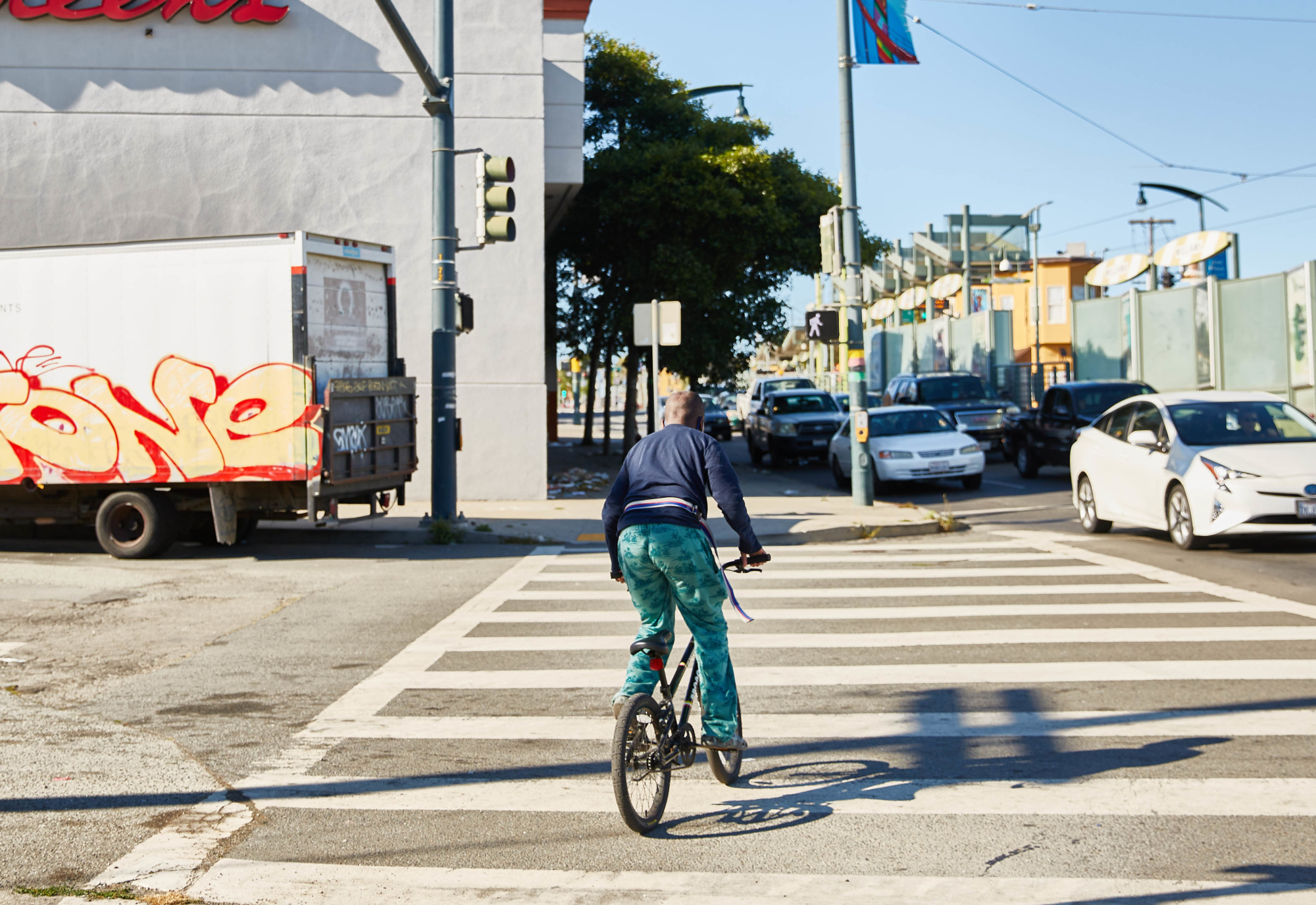
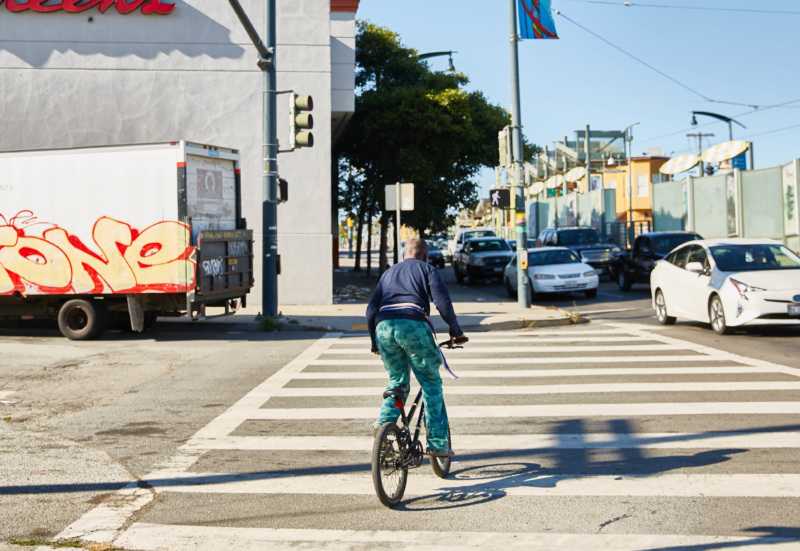
But a lot of people are coming to our community and wanting to change what it looks like. We’ve had to fight for what we call spatial justice: to just to be able to hang out and play our music and hang outside of a historical Black bar. We had gentrifying neighbors who were weaponizing 311 to try to take away a space, Café Envy, where our community has gathered at for more than 50 years. And that’s happening everywhere throughout the city, like in the Mission and in the Filipino cultural district, too.
San Francisco has always been this collection of many cultures and that’s what makes us so beautiful. We are our own culture.
So, while we definitely fight for Black San Francisco, we can’t fight for Black San Francisco alone. What we are fighting for is all of San Francisco. Because that’s what feels like home for us. It’s for the Mission to be the Mission. For Chinatown to be Chinatown. For Bayview to be Bayview.
I moved back to San Francisco five years ago because I knew this is where I had to start my restaurant business, even though I had to give up everything and move back with my family in order to do it. I’m only able to live in San Francisco because my family owned our home. The truth is that as a Black person who was born and raised in San Francisco, I have never had the option to rent or buy in the city that I’m from, even as an adult.
But for Boug Cali, it had to be here in San Francisco because this is the city where I first fell in love with food. It’s an expression of who I am as a chef and as an SF native. This is a city for people who love food. Even in the projects where I grew up, you’ll find some of the most amazing food — people out there barbecuing crabs and oysters.
Being a foodie is almost in my bloodline. My friends and I used to cut school to go eat at restaurants; I went to Mission High and we had off-campus lunch, so we’d spend a lot of our days eating in the Castro. In Bayview, there was this place called Tic Tock that was so iconic. It’s no longer there; now it’s a McDonald’s, but we’d go swim at the pool and then afterward, everybody would go there to order a fish burger and tacos.
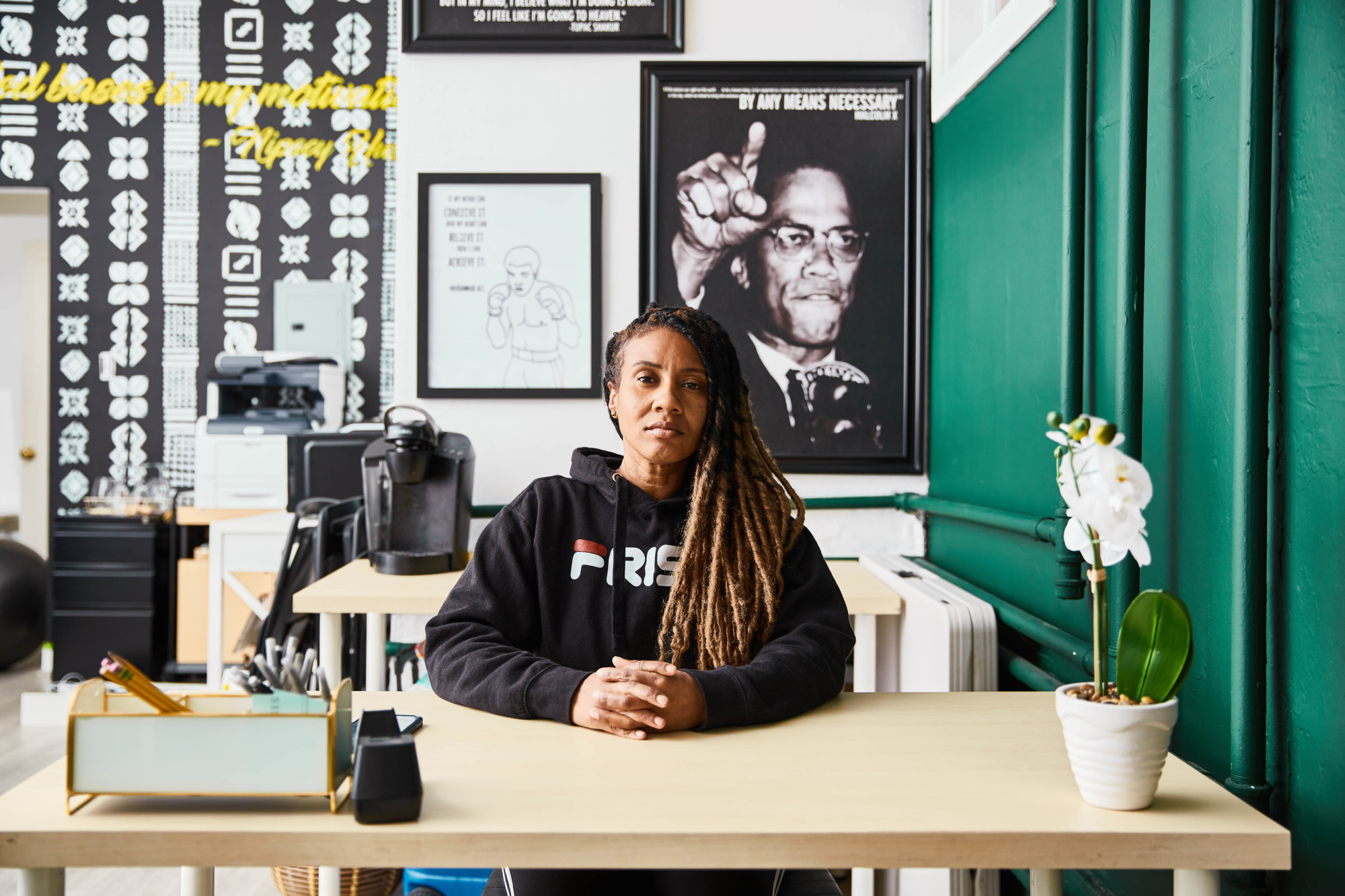
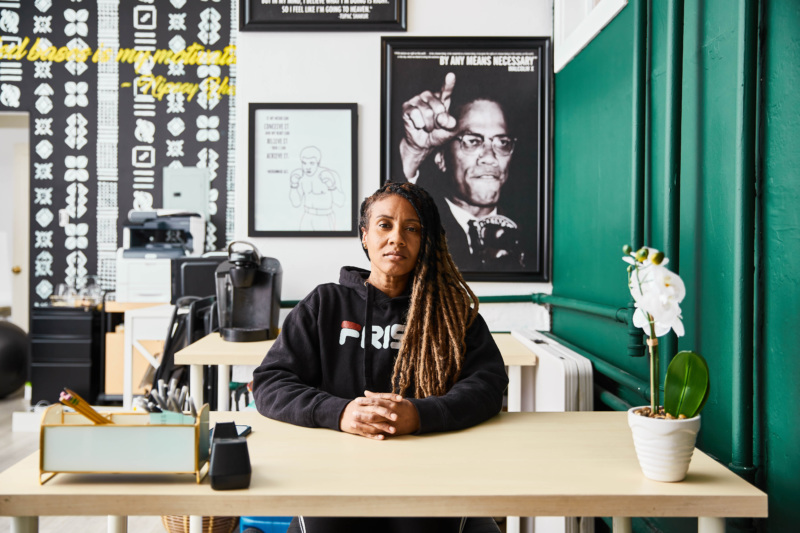
But I didn’t realize I wanted cooking to be my career until I was working as a law clerk at a really prestigious law firm inside the Ferry Building. The Ferry Building is like a culinary epicenter, and whenever I went downstairs to grab pastries or visit the farmers’ market, I just fell in love with it.
My boss at the time told me, “Look, you need to find something you’re crazy about because this isn’t it.” So, I started selling plates out of my uncle’s church in Bayview with my cousins. I decided to go to culinary school and that totally changed my perspective on food; I fell in love with French cuisine and culture — and that inspired me to start Boug Cali.
Boug Cali’s roots are in French cuisine. I sort of snuck it in there because a lot of my earliest customers, when I started selling food in Bayview, they weren’t really all that interested in French food. But then I realized that these French roots were a part of Creole food, which is something we’re so familiar with. A lot of our grandparents came from the South, from Louisiana, as part of the Great Migration to the Bay Area and to Los Angeles, so I grew up eating a lot of gumbo and jambalaya and fish and grits, but without a lot of context or history.
Boug Cali was my way to make French food, but also food that my people were familiar with. Thinking about it now, I realize I’m almost like a modern-day Tic Tock because I sell seafood sandwiches and tacos for our community.
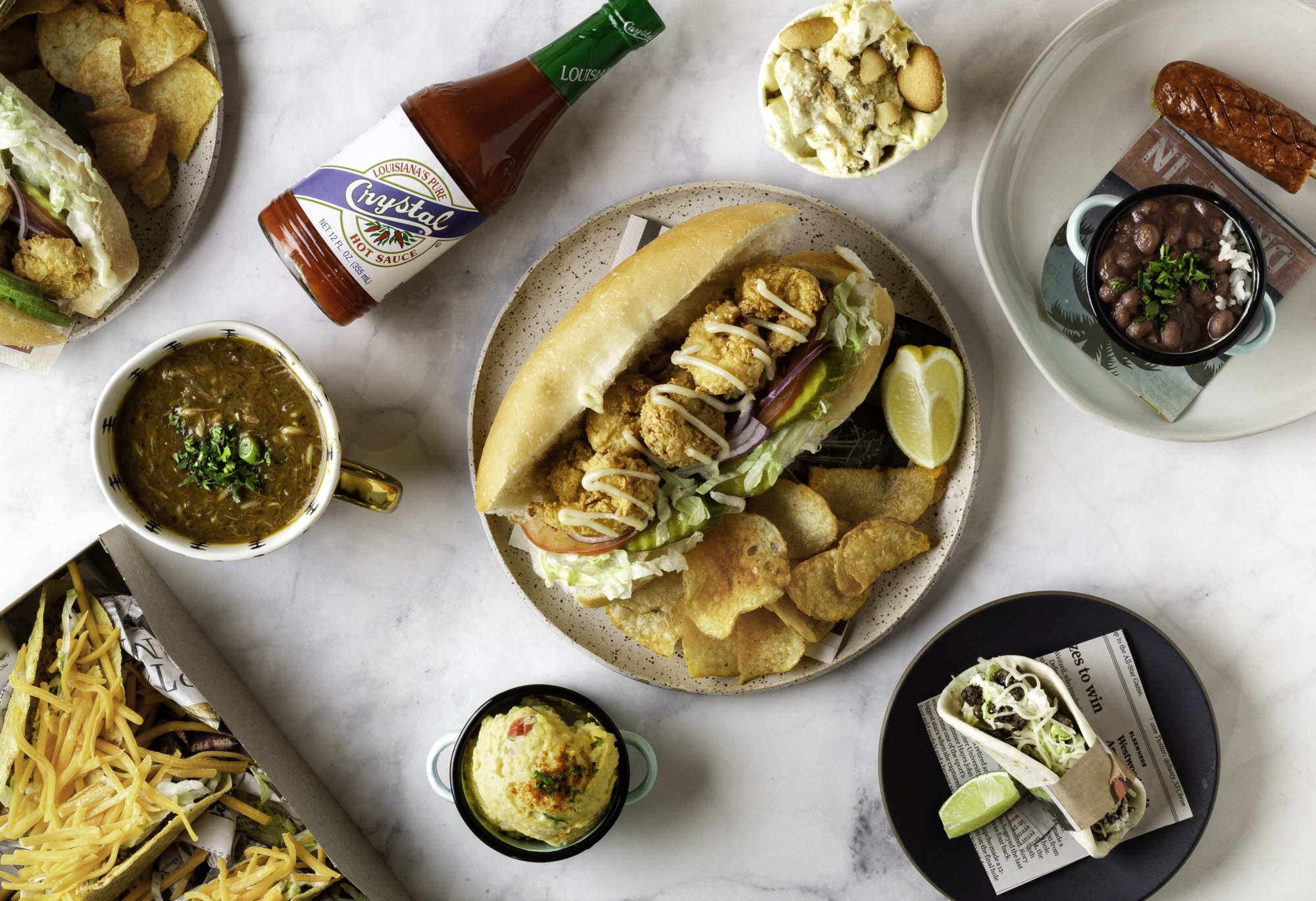
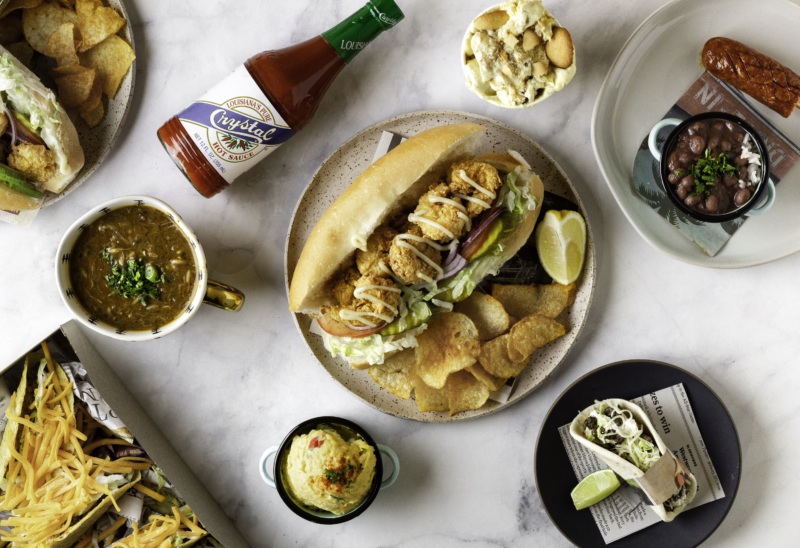
The restaurant industry is not friendly to women. But my plan was never to work in a restaurant; it was to own my own business. And I’ve done that now. But I couldn’t just drop everything and start a restaurant in my spare time, so it wasn’t until my daughter was a senior in high school that I was able to finally start my business. She literally watched me go through culinary school, and now she’s about to graduate college — and I own two restaurant locations.
At this moment in time, I’m hopeful for my city and my community. The pandemic has changed things. I think we’re going in the right direction. People are coming back to San Francisco, not just to work, but to really live here. In the future, I want my community to be full of culture and thriving businesses. I want to see the San Francisco I grew up with become bigger and better, full of vibrancy, and not so sterile. I want it to be filled with restaurants.
I love to tell my story to inspire people. I’m a girl that’s from the hood. I now have two restaurant locations in San Francisco, one at the Chase Center, and one in downtown San Francisco at the La Cocina Municipal Marketplace. So if I can do it, anybody can do it. Hopefully, I can inspire more people from where I come from — people who look like me — to want to create restaurant spaces, to bring our food to the masses. Because food is what brings everybody together, and it’s a big part of what keeps our communities together.
My Personal Guide to Eating Your Way Through San Francisco
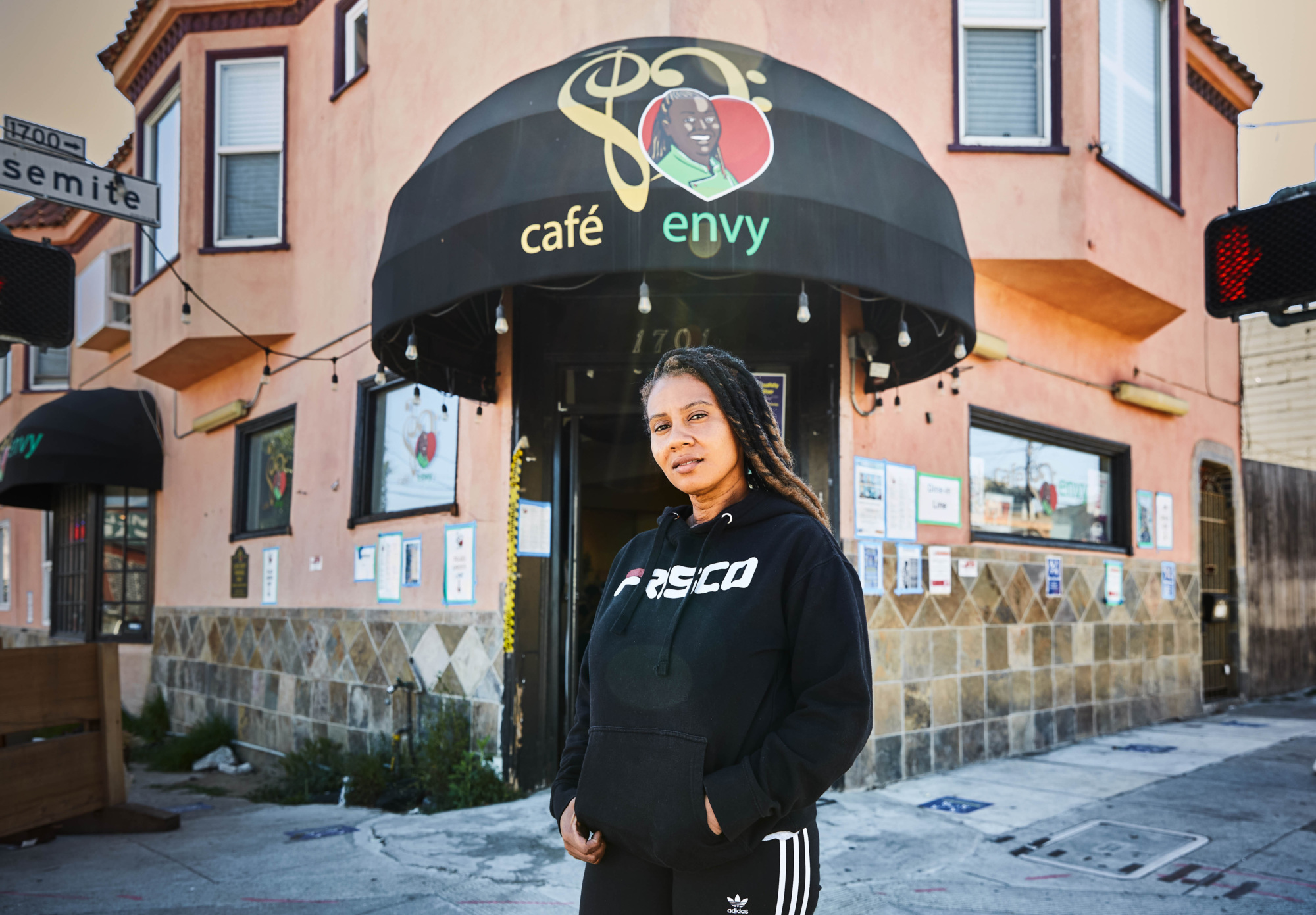
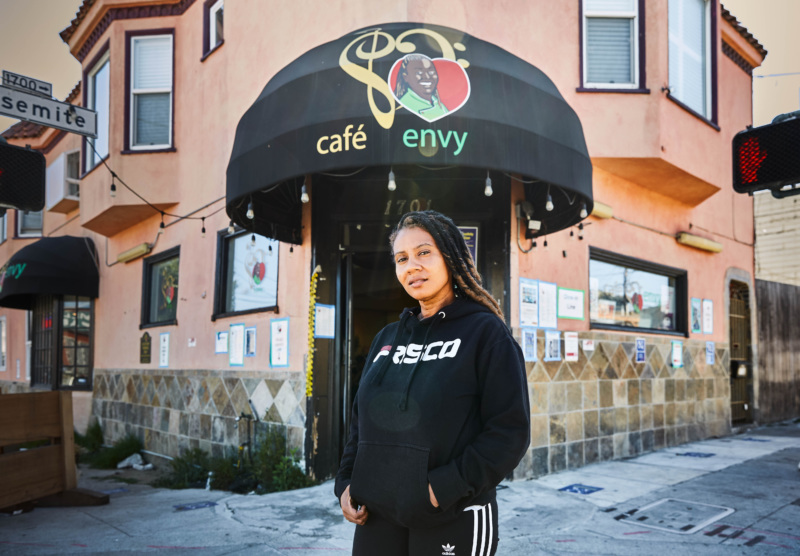
Don’t come to San Francisco looking for Oakland. We’re a culture within ourselves. To dive into San Francisco culture, go look at the alleys in the Mission. Take in the views. Eat at all of our amazing restaurants, and come to Bayview. Spend your Friday in our Black communities, and come to a place like Café Envy for the music and the food — for a real taste of San Francisco culture.
Here are a few of my favorite spots throughout the Bay Area to start to explore our incredible community.
Café Envy
You will find me here almost every Friday. It’s the place you want to go on a Friday after work. It’s a great place to eat, eat great food, have great drinks, and just really feel like you’re a part of a community. Everybody knows each other and even if you’re there for the first time, you’ll find yourself conversating with everyone else. We love the oysters, and the Envy Nachos. You also have to get the sliders because they’re really good, and the Black Panther drinks made with blackberries. 1701 Yosemite Avenue, San Francisco
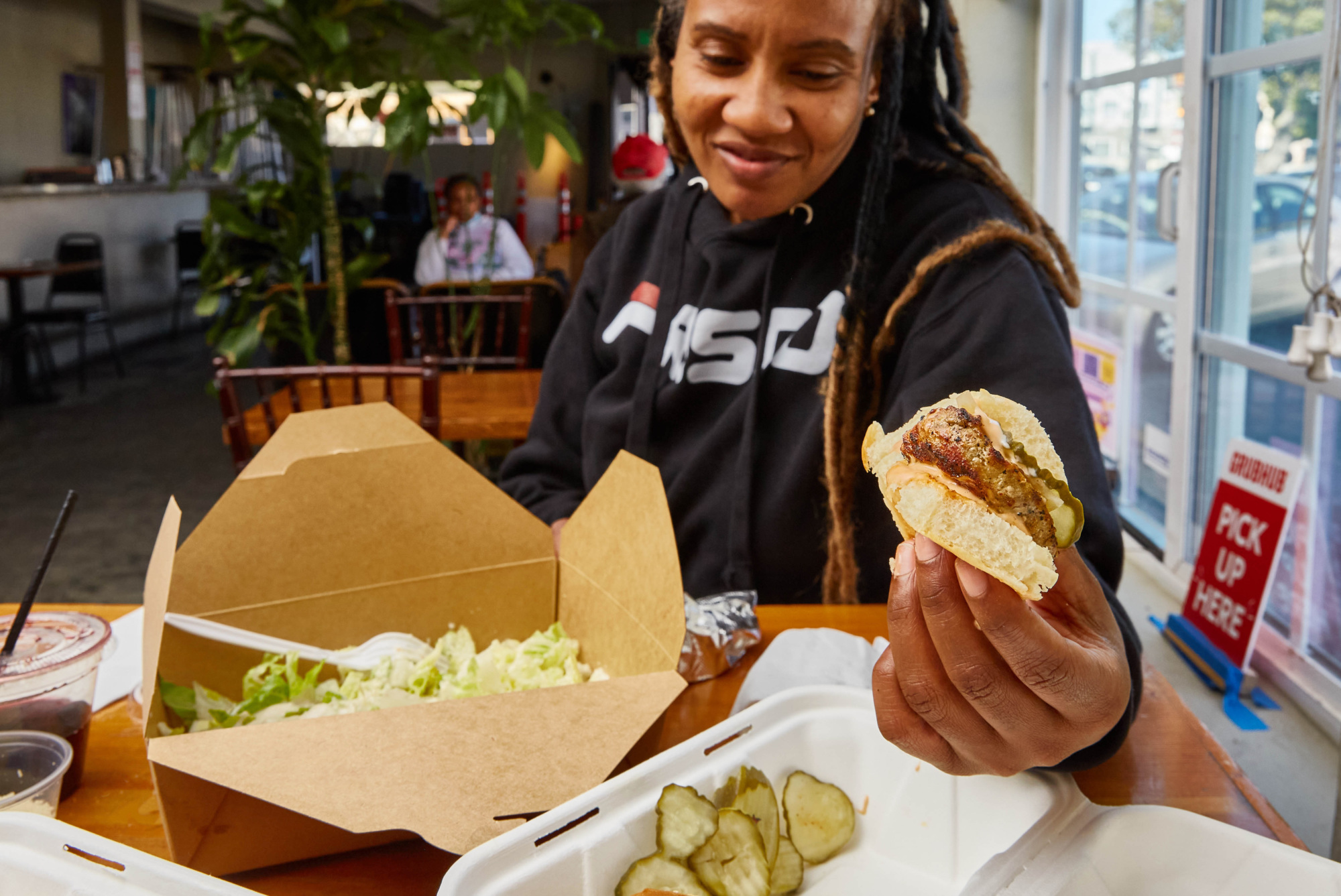
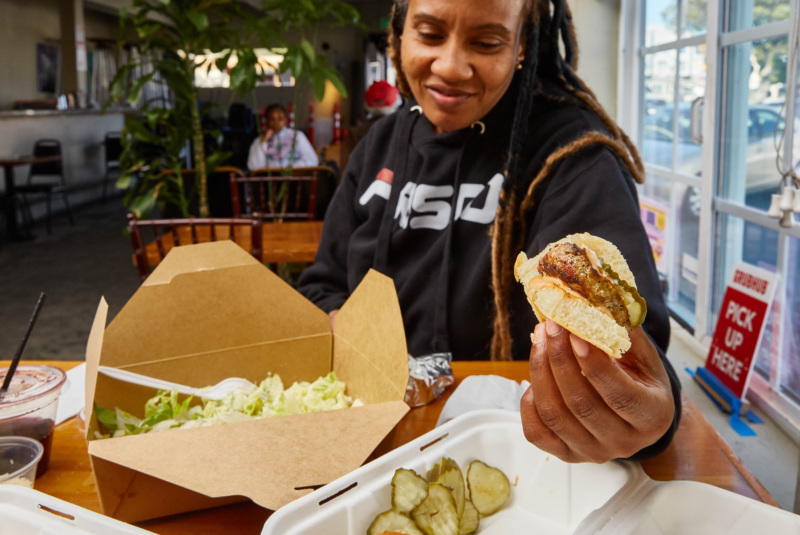
El Buen Comer
It’s another La Cocina restaurant in Upper Excelsior that’s one of my favorites. It’s like you’re eating at a Mexican grandma’s house. 3435 Mission Street, San Francisco
La Cocina Municipal Marketplace
There are so many different types of cuisines in there. It’s definitely my favorite place in the city. I love all the restaurants there. I love the pupusas and spicy yucca chips that I eat almost every night from Estrellita’s Snacks. And please stop by and say hello to us at Boug Cali and try a po’ boy. 101 Hyde Street, San Francisco
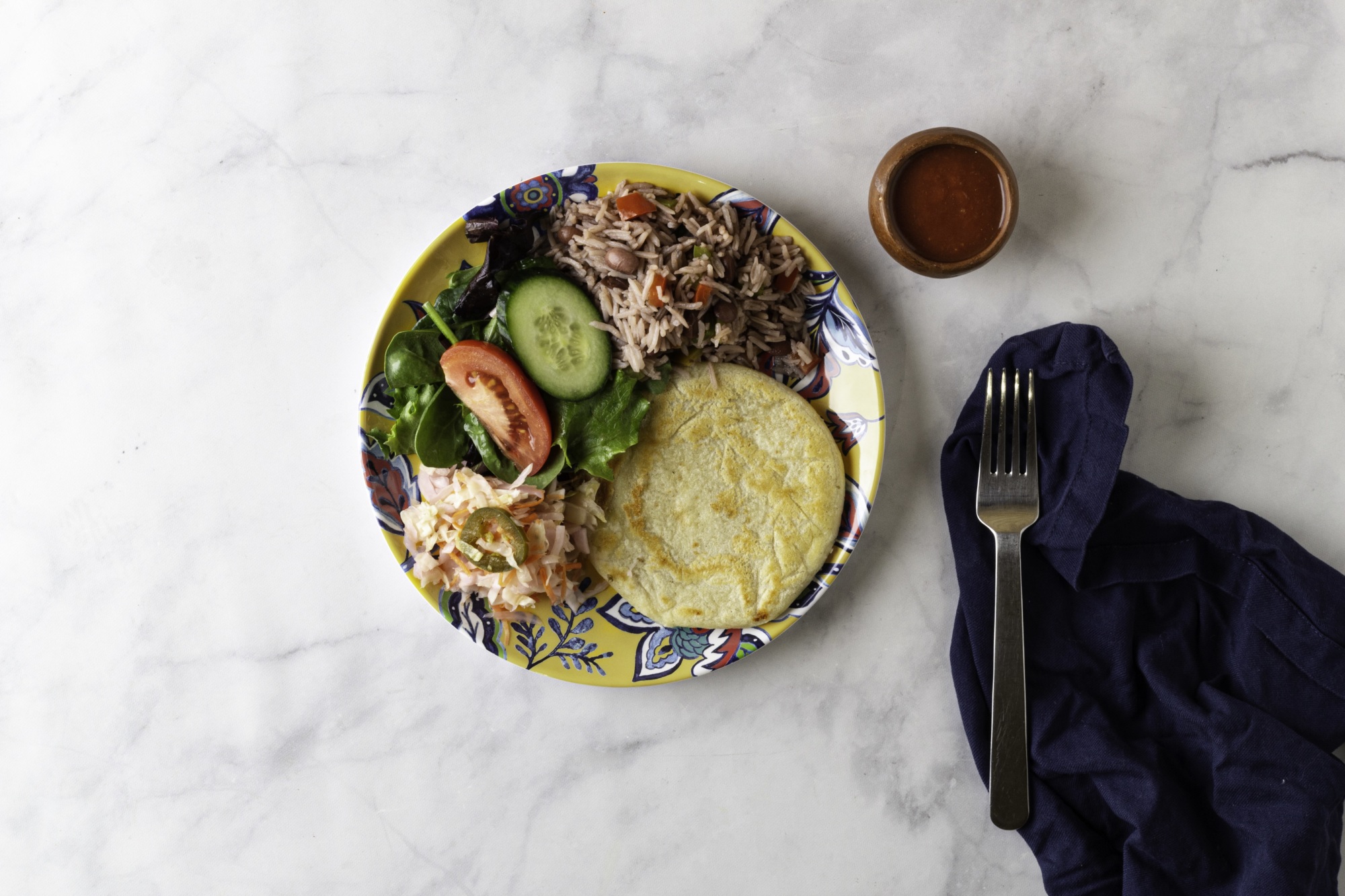
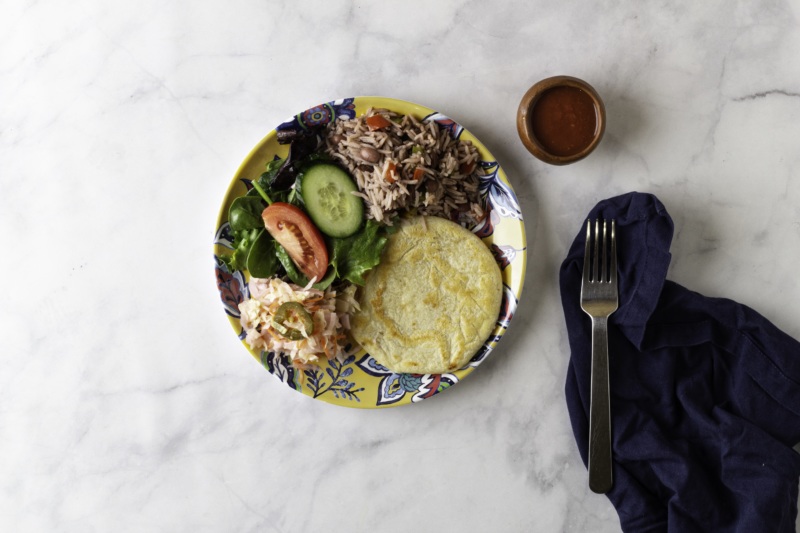
Minnie Bell’s Soul Movement
It’s in Emeryville, but she’s from San Francisco, and she makes some of the best fried chicken you will ever eat — it’s a rosemary fried chicken. And her macaroni and cheese — I just dream about it, it’s so good. 5959 Shellmound Street, Kiosk 15, Emeryville
Pancho Villa Taqueria
There’s no way you can come to San Francisco and not go to the Mission and not eat a burrito from here. 3071 16th Street, San Francisco
Roxie Food Center
And you cannot leave San Francisco without eating a Dutch crunch sandwich from here. 1901 San Jose Avenue, San Francisco
Two Jack’s Nik’s Place
It’s a super old-school, San Francisco staple. We really love the fried seafood here. You’ve got to get some fish, oysters, catfish, red snapper, fried oysters, and fried fish sandwiches. Seafood is really important to our Black community, because lot of us came from the Gulf Coast and we brought that here with us. 401 Haight Street, San Francisco
San Francisco native Tiffany Carter is the chef and owner of Boug Cali in San Francisco, as well as a co-founder of SF Black Wallstreet, an organization committed to preserving African American culture and building economic power within the Black community. Follow Boug Cali on Instagram.
Resy Presents
The Community Series
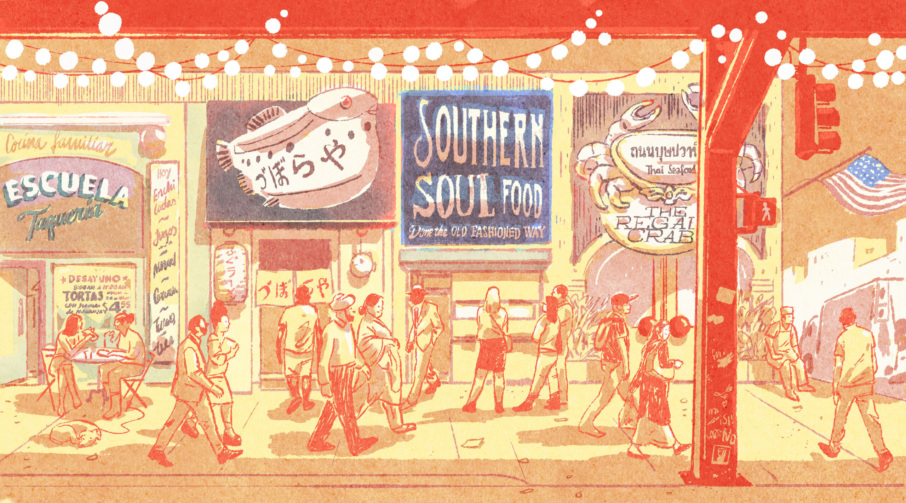
-
Because This Is What Community Looks Like
Welcome to Resy’s Community Series, a celebration of the people and places that make our communities special, told through their own voices and perspectives. -
On the Resilience of Long Beach’s Cambodian American Community
Cambodian American food content creator James Tir on a community that’s struggled through genocide, racism, and poverty, but is also so resilient despite it all. -
Hmong Food Isn’t a Cuisine. It’s a Philosophy.
Hmong American chef Yia Vang on his long journey to open one of the first Hmong restaurants not just in Minnesota, but in the whole country. -
On American Barbecue and the Black Community That Built It
Food historian Adrian Miller doesn’t remember how old he was when he started craving his mother’s barbecued pork spareribs. But he knows it was love at first bite. -
New York Has Incredible Mexican Food. Here’s Where to Find It.
Taco Literacy professor Steven Alvarez gives us his personal tour of some of the city’s best Mexican restaurants, and the stories behind the people who run them. -
Chicago’s South Side Is the Future, and I Want to Be a Part of It
Chicago native and chef Cliff Rome pens a love letter to the neighborhood he calls home, and his hopes for its future.

